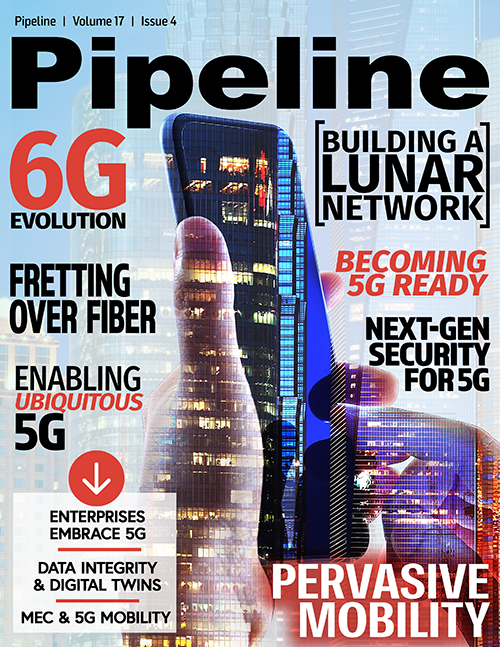Fretting Over Fiber for Next-Gen Wireless Services

If you knew what you knew now and could start again, what would you do differently? It's a question we’ve all pondered at times. As an industry known for always looking to the next challenge, do we really need to make time for that?
If you could start from scratch building a new network for the future, how would you design it? Investment and budget are obviously always going to be a key consideration when thinking about this. In a perfect world and with unlimited money, you would most likely build fibers everywhere for maximum diversity and full control over the network. With a more limited budget, you would probably lease everything from the network owners that had built it, and you would be ‘almost fine’ as well.
Just ten years ago, data growth and the location of the next traffic hotspot were fairly predictable. But today, networks need to be more flexible than ever before. Fibers are not that flexible unless you already have lots of them. With enough fibers, you have flexibility in your network and still achieve low-cost advantages because of the volume and speed of traffic you can carry.
Getting flexible and modular
The reality of today’s customer requirements means that low-latency, high-bandwidth and high-speed networks with optimized routes are needed everywhere—and for everything from the home to the most demanding data centers and online service providers.
It’s a very unpredictable world and today all operators need to build with flexibility at the core of every network decision. More fiber in the ground still matters, but most important is that the network layer sitting on top of the fiber is as flexible as it can be. Today, this translates as modularity in everything you do, from the network right up to the packages offered to customers, supporting pay as you grow models.
This is true on a hardware level, too. Not that long ago, network operators would be focused on trying to acquire the most powerful routers (read BIG) they could afford and placing them at all core network and city nodes, serving all traffic from those points. But today, just a few years later, a much more modular approach makes sense.
At Telia Carrier, we’re certainly moving to a model in which smaller routers are placed at multiple locations within core cities. This approach affords not only greater flexibility on the network when it comes to routing but also means routers are closer to where end customers need to connect to the network. In prior days, if you still need loads of traffic at one point, you simply stuck many routers on top of each other to achieve greater density. Additional benefits include lowered production costs and the ability to control the traffic flow and engineer a better experience the sooner the customer is inside the network.
What about the optical layer?
The same thinking can be applied to the optical layer. A more de-coupled approach through open-line systems allows a network operator to mix and match components from different vendors. This means an operator can always select the best and latest gear from both a pricing and performance view, while also avoiding proprietary hardware and vendor lock-in, which can impact competitiveness.
Open-line systems also mean a network can change relatively fast if suddenly another part of the world, region or city needs to support an increase in traffic, or indeed if there is a decline.
More generic transponders will be much more movable and therefore able to relocate to where they need to support new traffic growth and surges. With this open thinking, you also limit the risk of
getting stuck in proprietary systems and limiting your competitiveness.
Let’s look at an example to illustrate. When a new customer arrives in a data center, you suddenly need to support additional traffic. As a carrier, you want to be connected to absolutely every data center there is; with small and flexible equipment, this dream can become reality. You can obviously serve several data centers from one location through local access lines, but it is only when you get your gear into a data center that you reach the desired cost points.



















